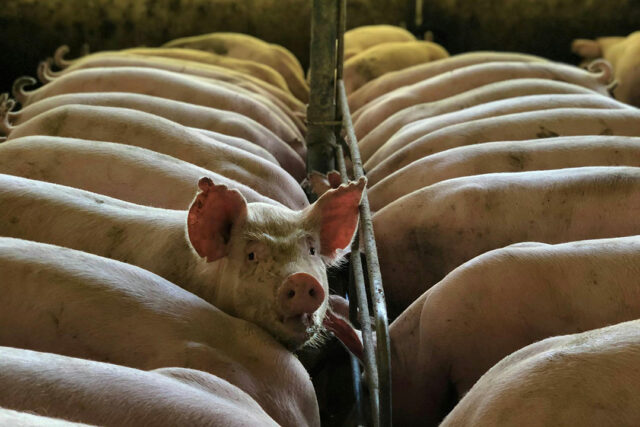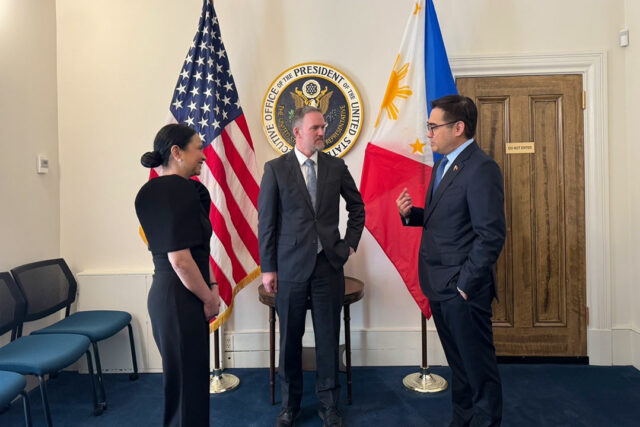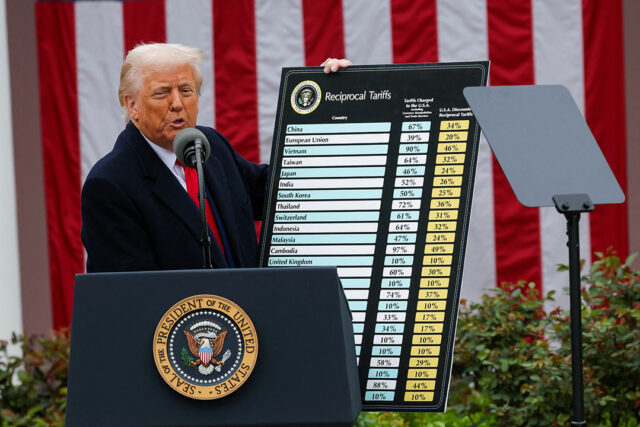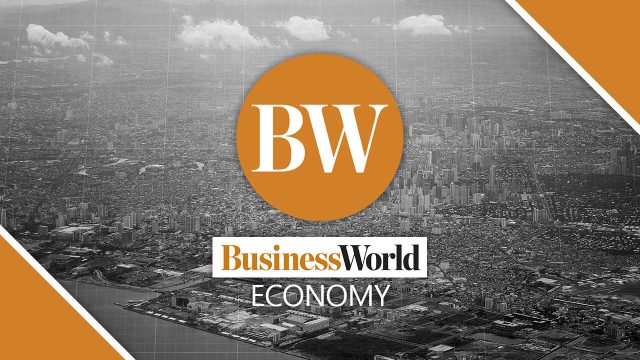More than a year has passed since the Philippines became part of the OECD BEPS Inclusive Framework. While the tax authorities here had issued several transfer pricing regulations prior to this, at this time, the country has yet to completely formalize its alignment with some of the requirements provided under the BEPS package. One such requirement is the Country-by-Country Report (CbCR), as outlined in BEPS Action 13, which is a tool that aims to enhance transparency in the global tax reporting systems.
CbCR is a component of the OECD’s three-tiered transfer pricing documentation approach, along with the Master File and Local File. The main objective of CbCR is to provide tax authorities a high-level overview of how profits, revenue, taxes paid, and economic activity are distributed among the jurisdictions where a multinational group operates. By requiring large multinational enterprises (MNEs) to disclose this information, tax administrations can better assess transfer pricing risk, detect profit shifting, and determine whether a company’s tax strategies align with its real economic footprint.
CbCR is required for MNEs with annual consolidated revenues of at least 750 million euros or the equivalent local currency. The report is generally not made public and is exchanged between tax administrations under international agreements, although some jurisdictions such as the European Union and Australia may require qualified MNEs to file a public CbCR.
In the model template provided under the OECD guidelines, CbCR is structured into three main tables:
• Table 1: Presents aggregated financial and tax information of the MNE group by jurisdiction. This includes revenue (from related and unrelated parties), profits before tax, income tax paid and accrued, stated capital, accumulated earnings, number of employees, and tangible assets other than cash or equivalents.
• Table 2: Lists all constituent entities within the MNE group, their jurisdiction of tax residence, and the main business activities performed in each jurisdiction.
• Table 3: Allows the MNE to provide any additional context or explanations needed to understand the information in Tables 1 and 2.
The report must be submitted in a prescribed format, typically using an OECD-compliant XML schema, and filed with the tax authority of the Ultimate Parent Entity’s (UPE) jurisdiction. In case the country where the UPE is located does not require CbCR, has no automatic exchange of information agreement in place, or there has been a systemic failure in the UPE’s jurisdiction, then a subsidiary may be required to file locally. Alternatively, the MNE group may also designate a Surrogate Parent Entity that will file the CbCR on behalf of the group with the tax authority of its jurisdiction where CbCR is mandatory to avoid multiple local filing obligations.
As of now, CbCR implementation in the ASEAN region shows a diverse spectrum of readiness and enforcement. Indonesia, Malaysia, Singapore, Thailand, and Vietnam have integrated CbCR into their transfer pricing frameworks, each tailored to their local tax systems while adhering to the OECD guidelines. These countries are likewise signatories of the Multilateral Competent Authority Agreement (MCAA) on the Exchange of CbCR, which facilitates the automatic exchange of information between tax authorities.
In contrast, countries such as Laos, Myanmar, Cambodia, Brunei and the Philippines are still in various stages of development and policy formulation. Laos and Myanmar are in the developmental phase with their transfer pricing regulations. Cambodia has existing transfer pricing rules and Brunei is a member of the OECD BEPS Inclusive Framework, but both have yet to introduce a local CbCR legislation.
The Philippines has taken initial steps toward compliance with the BEPS initiative. At this time, the CbCR is not yet formally required and no Philippine-based UPEs are currently required to file a CbCR locally.
Nonetheless, the BIR requires the filing of an Information Return on Related Party Transactions or BIR Form No. 1709. This requirement is not limited to UPEs but is mandatory for Philippine taxpayers with related party transactions that qualify per the criteria set out under Revenue Regulations No. 34-2020. The form includes detailed, entity-level disclosures about each related party, the nature and value of their transactions, and other corporate business information. While both the CbCR and Form No. 1709 aim to improve transparency in the disclosures of related party arrangements, the CbCR template offers context on the MNE group’s business activities which could assist in jurisdictional-level risk assessment across multiple countries, whereas currently, the RPT Form already serves as the domestic, transaction-level audit aid for the BIR.
For MNEs, understanding the nuances of each country’s CbCR regime is important for compliance and risk mitigation. Tax authorities continue to strengthen transparency standards; hence, companies must remain vigilant and adapt their reporting strategies to meet both current and forthcoming obligations. The evolving local filing requirements across countries create uncertainty and compliance burdens — one major challenge is consistency in data collection, as CbCR requires financial and operational data across multiple entities which may use different accounting systems, currencies, and standards. In addition, companies face concerns over data confidentiality especially if sensitive business information is shared with multiple tax authorities.
Unlike advanced economies with established digital systems and skilled personnel, tax authorities in many developing countries have limited IT infrastructure and technical capacity to process, validate, and utilize CbCR data. Moreover, incomplete information-sharing networks limit the effectiveness of automatic exchanges, particularly in jurisdictions that are not signatories to the MCAA or do not have bilateral agreements for the exchanges. For countries to fully benefit from CbCR, international support is needed in the form of technical assistance, knowledge sharing, and digital infrastructure investment to close the gap in accessing cross-border information.
In view of these challenges, and considering the limited number of large UPEs in the Philippines, the adoption of the CbCR requirement may not have been the priority of the tax administration. However, as our economy continues to grow in the future, I hope the Philippines, as part of our commitment to the BEPS Inclusive Framework, will also keep up with the evolving global tax standards and improve our competitiveness, transparency and credibility in the international tax landscape.
The views or opinions expressed in this article are solely those of the author and do not necessarily represent those of Isla Lipana & Co. The content is for general information purposes only, and should not be used as a substitute for specific advice.
Angelika Kristina S. Montejo is an assistant manager at the Tax Services department of Isla Lipana & Co., the Philippine member firm of the PwC network.
angelika.kristina.montejo@pwc.com












